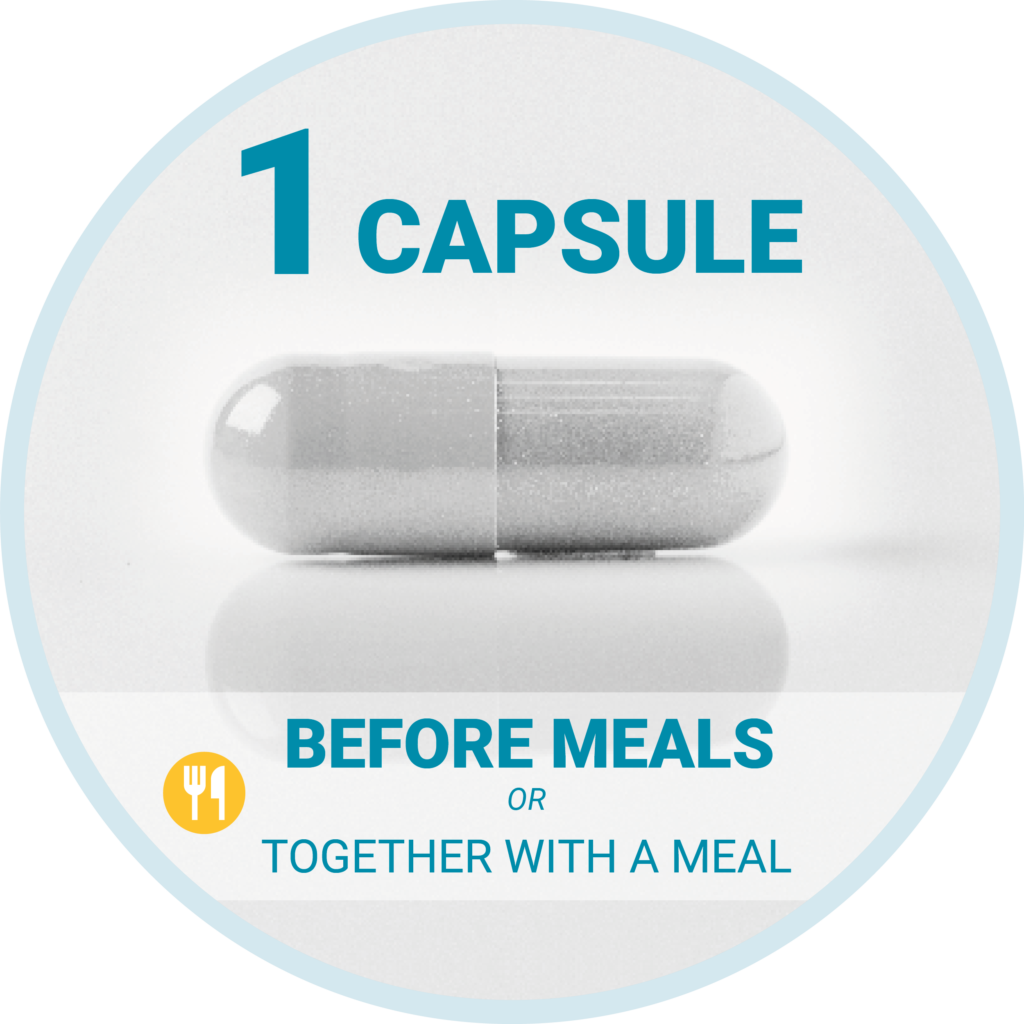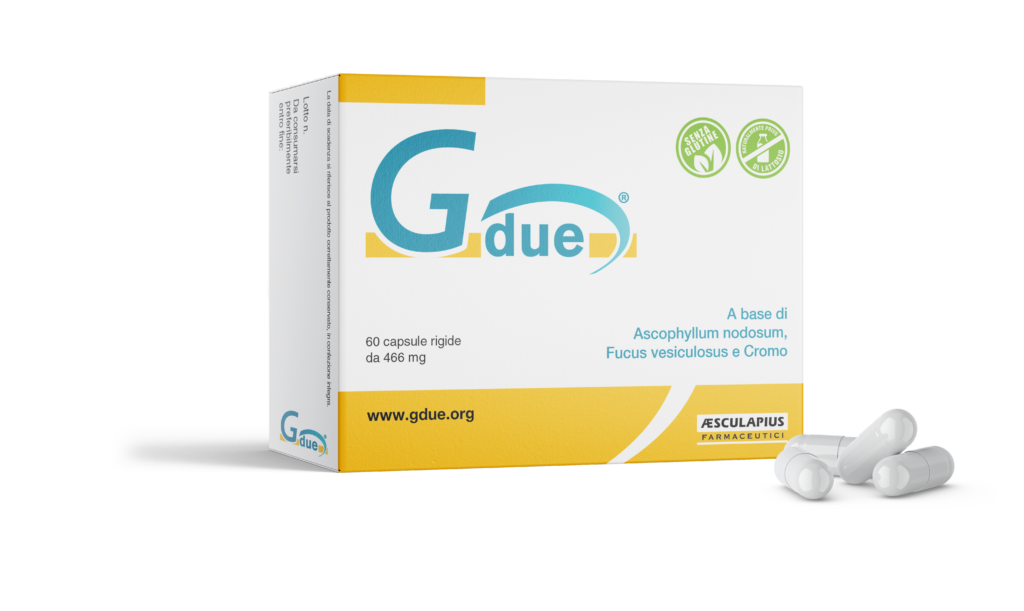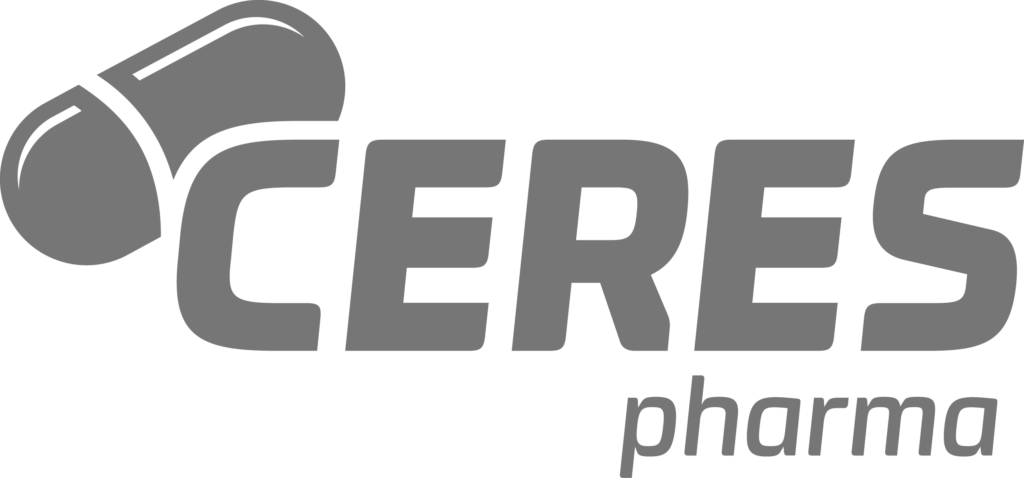What is GDUE and
how to take it
How to take Gdue
GDUE should be taken two or three times a day at the main meals.
Maximum effectiveness is achieved by taking it before or duringa meal , with a large glass of water.

What is it made of?
Gdue is a nutraceutical product containing a blend of standardised and titrated polyphenols from two cold sea brown algae (Ascophyllum Nodosum and Fucus Vesiculosus) and Chromium Picolinate.
The polyphenols present in the algae have a powerful, non-competitive and reversible inhibitory action on the α-glucosidase and α-amylase enzymes and, therefore, act on both oligosaccharides and starches, thus prolonging the absorption of carbohydrates over time.
Gdue is more complete than other enzyme inhibitors used in treatments and prevention.
The iodine naturally contained in algae has been drastically reduced by the manufacturing process to just 75 micrograms per capsule.
Gdue is a nutraceutical product containing a blend of standardised and titrated polyphenols from two cold sea brown algae (Ascophyllum Nodosum and Fucus Vesiculosus) and Chromium Picolinate.
The polyphenols present in the algae have a powerful, non-competitive and reversible inhibitory action on the α-glucosidase and α-amylase enzymes and, therefore, act on both oligosaccharides and starches, thus prolonging the absorption of carbohydrates over time.
Gdue is more complete than other enzyme inhibitors used in treatments and prevention.
LOW IODINE CONTENT
The iodine naturally contained in algae has been drastically reduced by the manufacturing process to just 75 micrograms per capsule.
When is it recommended to take Gdue?





